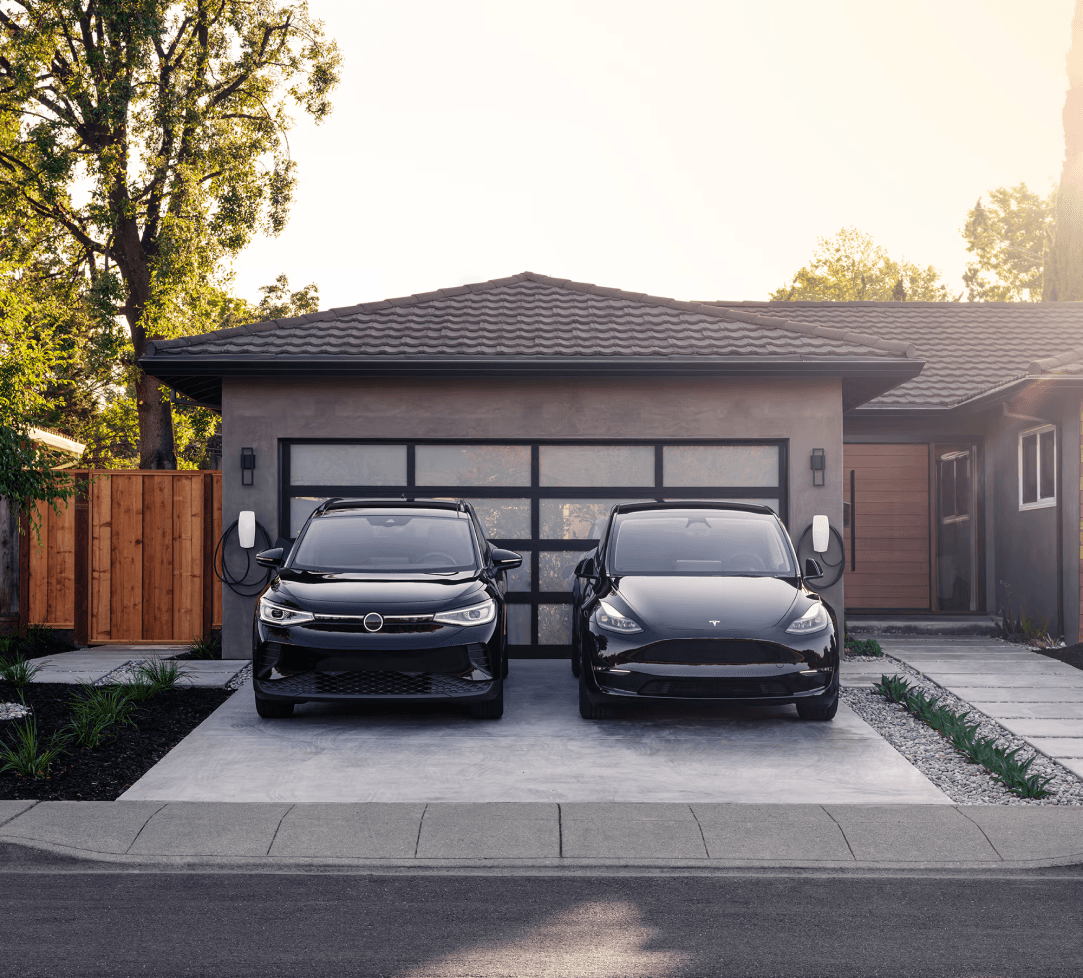Cost To Upgrade Electrical Panel And Alternative Options For EV Charger Installation
This guide explores the cost to upgrade electrical panels to accommodate EV home charging installations along with alternative solutions.

Suppose you own an older home and are considering installing an EV charger. In that case, you may be wondering two important things:
- Can my electrical panel handle the additional load?
- What is the cost to upgrade electrical panels?
Many homes built decades ago weren’t designed with electric vehicles in mind. If you already know your panel is rated 100A, 125A, 150A, 175A, or even 200A, you might ask yourself:
- Is this enough to power an EV charger?
- Aside from upgrading my electrical panel, are there alternative options?
In this guide, we'll break down understanding panel capacity, the cost to upgrade electrical panels, and alternative options that may be possible for accommodating a home ev charger in a few simple steps.
Step 1: Determine Your Panel’s Capacity
The first step is to assess how much power your home is already using. If your panel is 150A or less and powers multiple high-energy appliances (such as an HVAC system, water heater, electric stove, and dryer), it may already be at full capacity.
For homes with a 200A panel, you might have some capacity available to power a level 2 EV charger, but you’ll need to do some due diligence. Open your electrical panel and look for open breaker slots—if there are none, you may need a load management system or a panel upgrade.
Step 2: Exploring Your EV Charging Options
If your panel does not appear to have sufficient capacity, you still have several options available:
Option 1: Install a Load Management Device
A load management system intelligently distributes power between your EV charger and existing appliances, preventing electrical overload while allowing you to charge your vehicle efficiently.
Cost of a Load Management System
- Basic load management devices: $200 – $800 (e.g., simple power-sharing systems)
- Installation cost: $250-$500$, depending on complexity
Load management is a cost-effective alternative to a full panel upgrade, making it ideal for homes with limited electrical capacity.
Option 2: Add a Subpanel
If your main panel has available capacity but no open breaker slots, installing a subpanel can help organize circuits and create dedicated space for your EV charger.
Cost of a Subpanel
- Subpanel installation: $750 – $2,000, depending on panel size and wiring complexity
Option 3: Upgrade Your Electrical Panel
If your panel is 150A or less, completely full, and you plan to run multiple high-power appliances, upgrading to a 200A panel or higher may be the best long-term solution. This ensures your home can support both an EV charger and future energy demands.
Cost to Upgrade Electrical Panel
The cost to upgrade electrical panels depends on factors such as amperage, labor, and local permitting. Here’s a rough estimate:
- 200A panel upgrade: $1,500 – $6,000
- Additional costs: Wiring, meter upgrades, and permit fees may add $500 – $2,000 to the total cost.
While a panel upgrade is an investment, it future-proofs your home for additional energy needs, including EV charging, solar panels, and new appliances.
Check out these helpful guides on EV charging and the permitting process.
Evaluating Your Options
Even if your home has an older electrical panel, EV charging is still possible. If you find the costs to upgrade electrical panels too prohibitive, there are alternative solutions whether that's load management or a subpanel option.
At ChargerPro, we specialize in guiding homeowners through the EV charging process, providing expert advice and seamless installation and can help you assess your options. Contact us today to find the best solution for your home!




